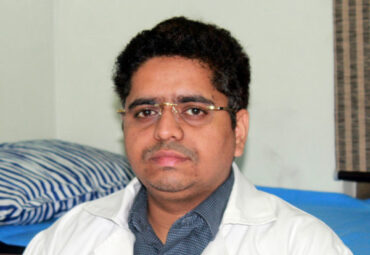In the practice of medicine (especially surgery) and dentistry, anesthesia or anaesthesia (see spelling differences) is a temporary induced state with one or more of analgesia (relief from or prevention of pain), paralysis (muscle relaxation), amnesia (loss of memory), and unconsciousness. A patient under the effects ofanesthetic drugs is referred to as being anesthetized.
Anaesthesia & Critical Care

Terminology varies between countries. In North America, the term anesthesia refers only to the act itself of administering anesthetics to a patient, while the medical speciality that focuses on this is referred to as anesthesiology, and the physician who performs it is termed an anesthesiologist. By contrast, in the United Kingdomand other countries following the British tradition, anaesthesia denotes both the medical speciality and the treatment delivered, and the physician who performs it is termed an anaesthetist (in North America, the word anesthetist indicates a nurse anesthetist who can administer anesthesia independent from an Anesthesiologist.
Anesthesia enables the painless performance of medical procedures that would cause severe or intolerable pain to an unanesthetized patient. Three broad categories of anaesthesia exist:
- General anesthesia suppresses central nervous system activity and results in unconsciousness and total lack of sensation.
- Sedation suppresses the central nervous system to a lesser degree, inhibiting both anxiety and creation of long-term memories without resulting in unconsciousness.
- Regional anesthesia and local anesthesia, which block transmission of nerve impulses between a targeted part of the body and the central nervous system, causing loss of sensation in the targeted body part. A patient under regional or local anesthesia remains conscious. Two broad classes exist:
- Peripheral blockade inhibits sensory perception in an isolated part of the body, such as numbing a tooth for dental work or administering a nerve block to inhibit sensation in an entire limb.
- Central, or neuraxial, blockade administers the anesthetic in the region of the central nervous system itself, suppressing incoming sensation from outside the area of the block. Examples include epidural anaesthesia and spinal anaesthesia.
In preparing for a medical procedure, an anesthesiologist chooses and determines the doses of one or more drugs to achieve the types and degree of anesthesia characteristics appropriate for the type of procedure and the particular patient. The types of drugs used include general anesthetics, hypnotics, sedatives, neuromuscular-blocking drugs, narcotic, and analgesics.
There are both major and minor risks of anesthesia. Examples of major risks include death, heart attack and pulmonary embolism whereas minor risks can include postoperative nausea and vomiting and hospital readmission. The likelihood of a complication occurring is proportional to the relative risk of a variety of factors related to the patient\\\’s health, the complexity of the surgery being performed and the type of anesthetic. Of these factors, the person\’s health prior to surgery (stratified by the ASA physical status classification system) has the greatest bearing on the probability of a complication occurring. Patients typically wake within minutes of an anesthetic being terminated and regain their senses within hours. One exception is a condition called long-term post-operative cognitive dysfunction, characterized by persistent confusion lasting weeks or months, which is more common in those undergoing cardiac surgery and in the elderly.

Dr. Rohit Pandey
Dr Rohit Pandey is Sports injury and Arthroplasty specialist. Having international and national experience. He worked in United kingdom and…

Dr. Mayank Agrawal
Dr. Mayank Agrawal is Consultant pulmonologi in Galaxy Hospital.

Dr. Vivekanand Gupta
Completed MBBS from GMC Aurangabad, Maharashtra in 2007, did MD Medicine from UCMS, Delhi in 2011.

